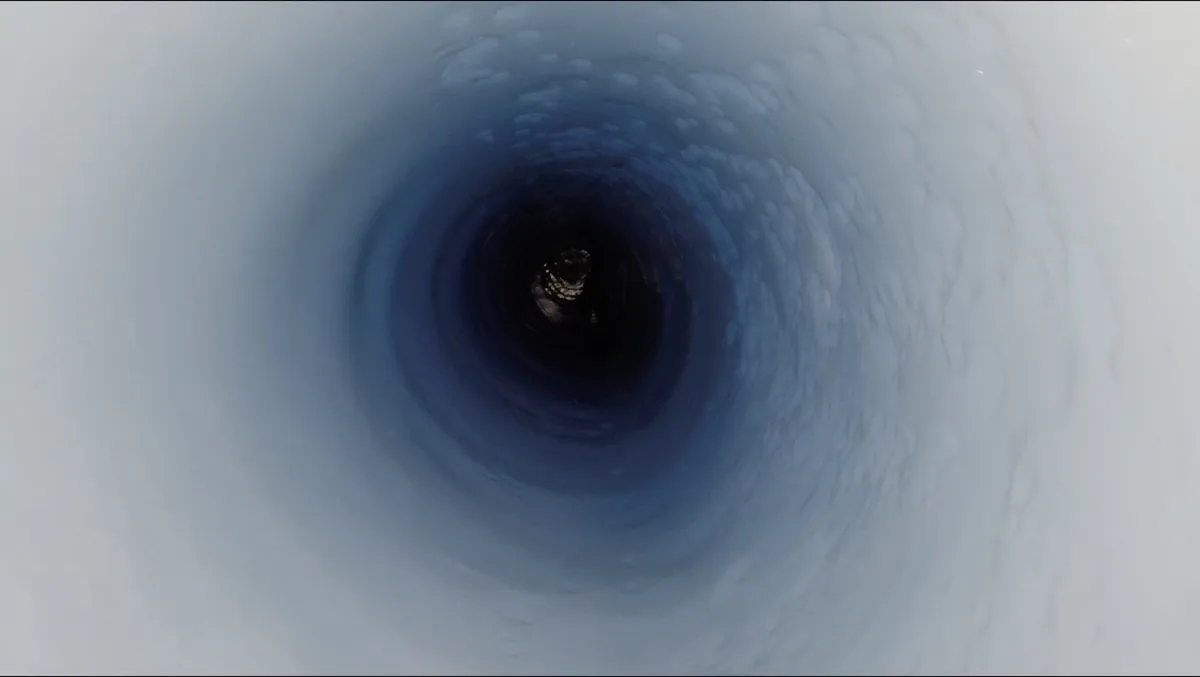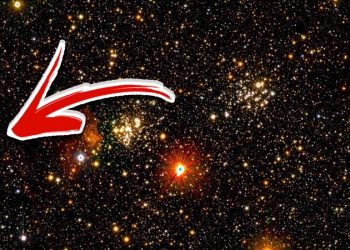Ancient life beneath Antarctica offers a rare glimpse into how organisms can survive in complete darkness, under extreme pressure, and without sunlight for possibly millions of years. Hidden deep under the ice in a buried lake called Lake Mercer, these lifeforms thrive in conditions that once seemed too hostile to support even basic microbial activity — and yet, they’re there.
This is not just a discovery about Earth’s extremes. It may reshape how scientists think about life across the solar system.
How scientists uncovered ancient life beneath Antarctica’s ice

The discovery came through a research mission called SALSA — the Scientific Access to Subglacial Antarctic Lakes project. Using a hot-water drill, scientists melted their way through more than 1,000 meters of solid ice to reach Lake Mercer, a subglacial lake hidden beneath the West Antarctic Ice Sheet.
Lake Mercer spans over 160 square kilometers and has likely remained sealed off for millions of years. When the team extracted water samples, they found something remarkable: about 10,000 microbial cells per milliliter — a surprisingly dense population for a lake with no sunlight, minimal nutrients, and subzero conditions.
This kind of ancient life beneath Antarctica thrives in total isolation from the surface world. The organisms discovered in Lake Mercer survive without photosynthesis. Instead, they rely on chemical energy sourced from the minerals in rocks and sediments beneath the ice — a metabolic strategy known as chemosynthesis.
John Priscu, a polar ecologist from the University of Montana, said: “We saw lots of bacteria — and the system has enough organic matter, you would think, to support higher life forms.”
This has led scientists to wonder whether simple animals like tardigrades or nematodes could also exist in these dark waters. If true, it would push the boundaries of what we define as habitable.
Not the only subglacial lake hiding life
Lake Mercer is just one of more than 400 subglacial lakes buried beneath Antarctica. In 2013, a similar discovery was made at Lake Whillans, where scientists found microbial life in another deeply buried body of water.
But Lake Mercer is larger, deeper, and hydraulically active — meaning water periodically flows in and out, potentially cycling nutrients and sustaining life. Each of these lakes is like a sealed time capsule, untouched by surface conditions and potentially holding unique ecosystems developed in isolation.
What ancient life beneath Antarctica can teach us about survival off Earth
The real power of this discovery lies in what it suggests about life beyond Earth. Conditions in Lake Mercer — cold, dark, pressurized, sealed — are strikingly similar to environments on Jupiter’s moon Europa, Saturn’s moon Enceladus, or even subsurface pockets of Mars.
If life can survive here, it may survive there.
Subglacial exploration in Antarctica acts as a training ground for future space missions. The tools used to access Lake Mercer could one day be adapted for robotic drills on icy moons. Studying ancient life beneath Antarctica isn’t just about Earth’s extremes — it’s about preparing to detect alien life in the universe.
Despite being one of the most isolated places on Earth, Lake Mercer reminds us that life is persistent. It doesn’t always need sunlight, warmth, or ideal conditions. Sometimes, it just needs water, time, and the chemistry to endure.
As researchers continue to probe these hidden Antarctic ecosystems, they are not just uncovering Earth’s biological secrets. They’re redefining the conditions under which life itself can exist.











